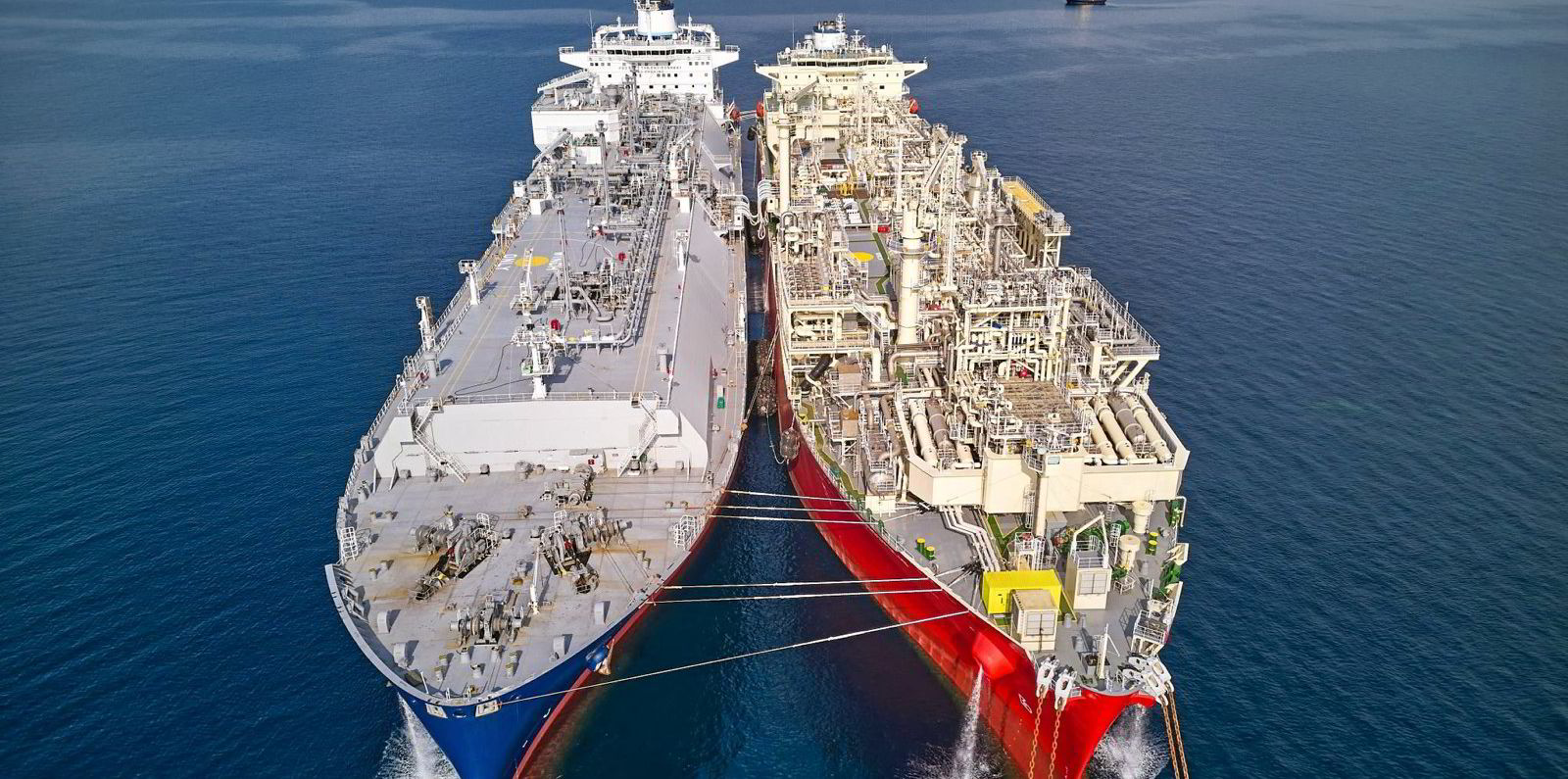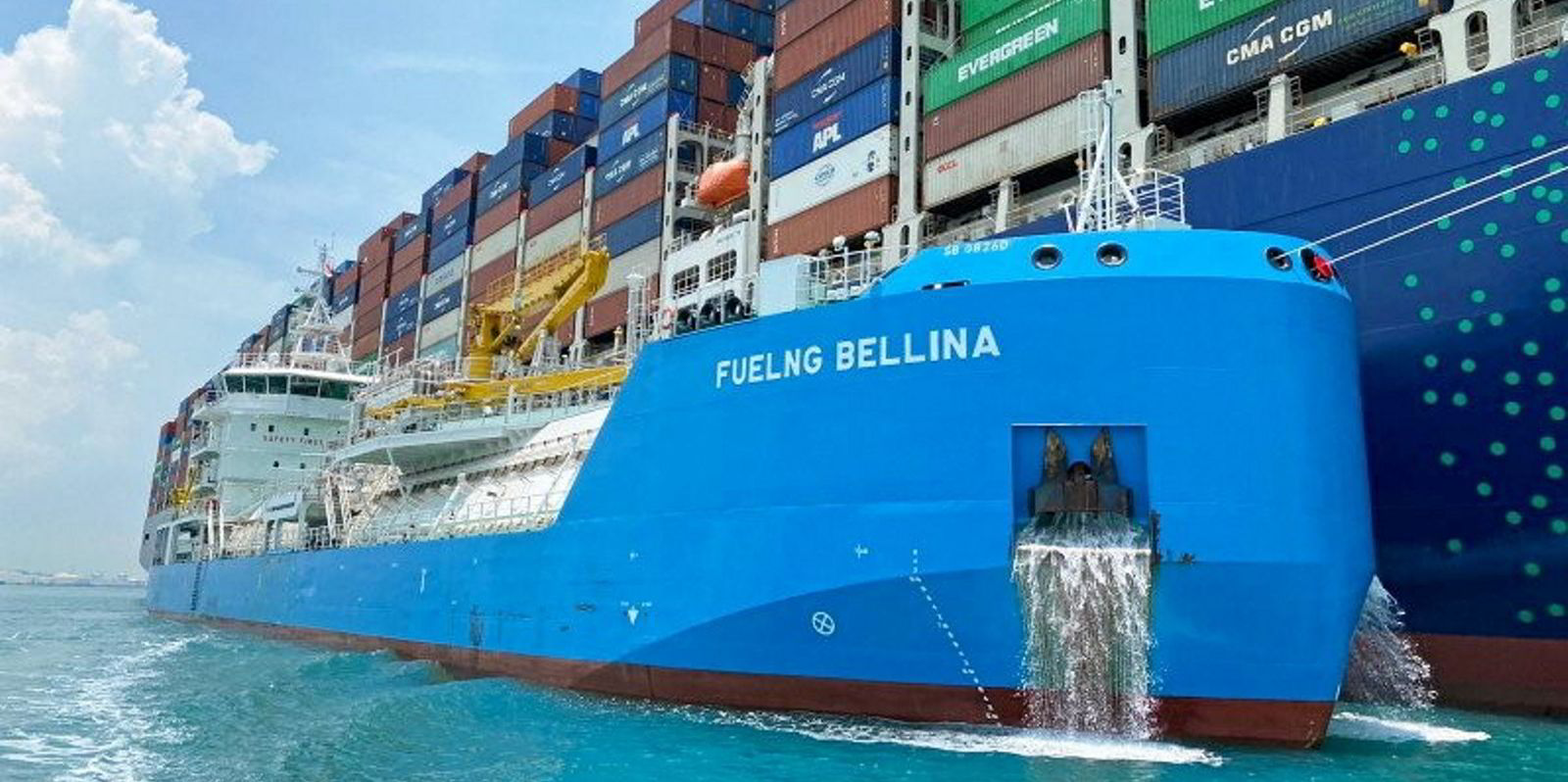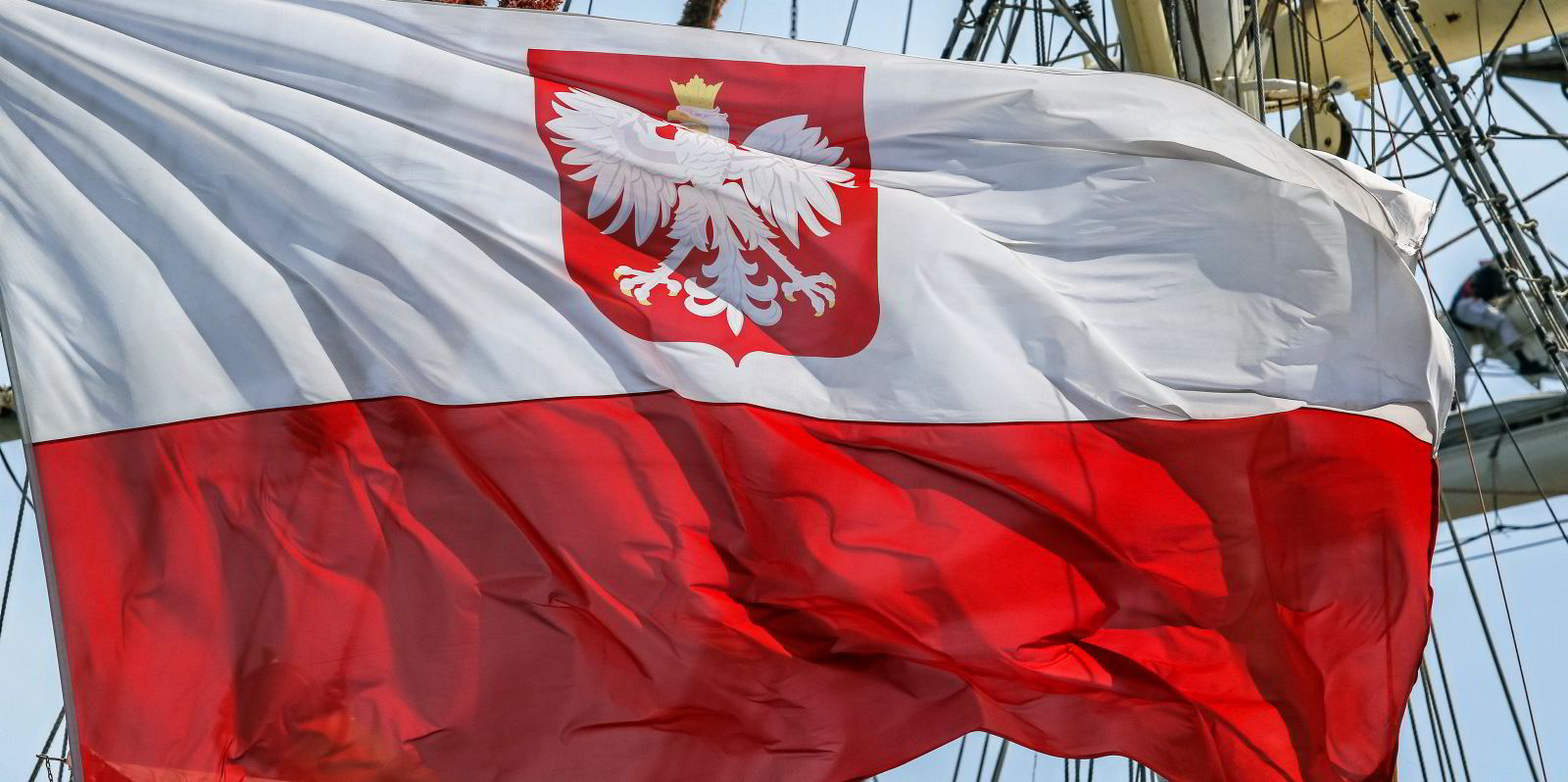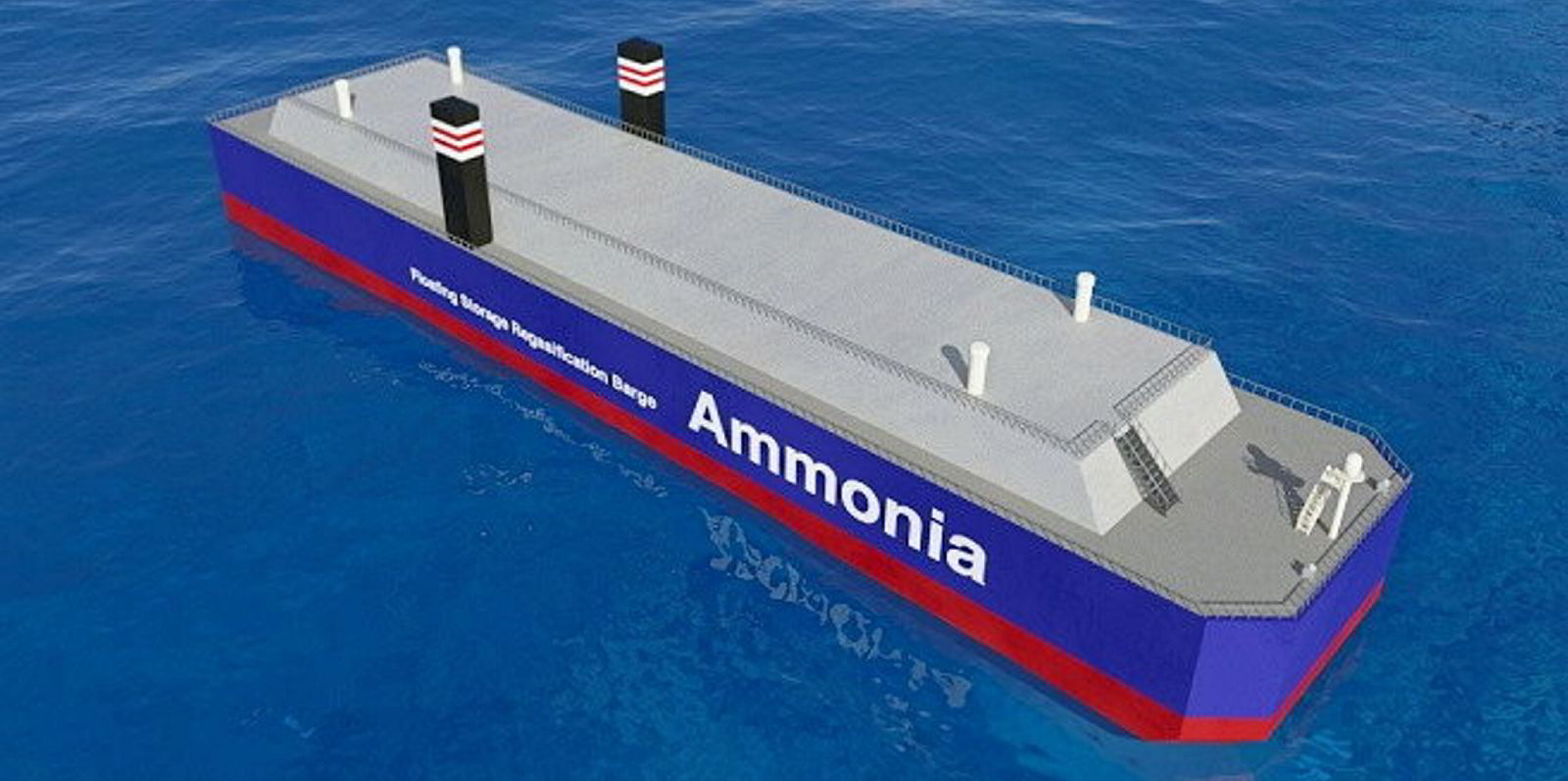Import project developers are continuing to add floating storage and regasification units as a quick fix for LNG, but the hunt for suitable vessels continues at pace after the recent FSRU grab by largely European charterers.
Consultants and regas providers say 25 to 30 projects are being quoted requiring FSRUs, although not all will move forward, with others evolving in their requirements over time.
There are also almost no open FSRUs, and newbuildings are exceptionally highly-priced at upwards of $350m, leaving LNG carrier conversions as often the preferred choice.
But only if developers can find the right size vessel at the right price.
Brokers complain that clients want units but are unrealistic about the time frames in which they can be delivered.
They also may be limited in their choice of vessel candidate, they added.
Theoretically, as older and less-efficient steam turbine and dual-fuel diesel-electric vessels come to the end of charter contracts, or fail to meet new environmental requirements and are taken out of trading, there should be tonnage available.
But providers said 130,000-cbm steamships rank as small for cargoes from the 174,000-cbm workhorses of today’s LNG carrier fleet.
One spoke of there being “selective potential” for ships of 145,000 cbm. But for the preferred 155,000-cbm size range, he described secondhand prices as “still quite punchy”.
Demand for floating regas is expected to grow as LNG trades continue to mature.
In February, presenting its LNG Outlook 2024, energy major Shell said 100m tonnes of new import capacity was due to come online this year and highlighted new and existing markets that it expects will move to import.
Aside from China — where 10 new onshore LNG terminals are due onstream in 2024 — Shell mentioned Vietnam, Ghana, the Philippines and Thailand, which have developed import infrastructure but have been delayed, and others that need LNG such as Australia, Sri Lanka, Bangladesh and South Africa.
FSRUs are key components of the import solutions planned for some of these countries.
Energy drivers
One industry player working closely with the FSRU sector listed the three fundamental drivers of demand as energy security, energy stability and energy transition.
The need for energy security drove the most recent uptake of FSRU chartering, as European buyers jumped on virtually all the open tonnage after Russia’s move to cut off pipeline gas to the region in the wake of its invasion of Ukraine.
The aftermath of Europe’s FSRU grab is still being put into place.
An FSRU, the 174,000-cbm Energos Force (built 2021), is inbound for Germany’s fourth LNG terminal, albeit it appears now to be loitering off Denmark for the time being.
Other incoming units are destined for Cyprus, Italy and Germany.
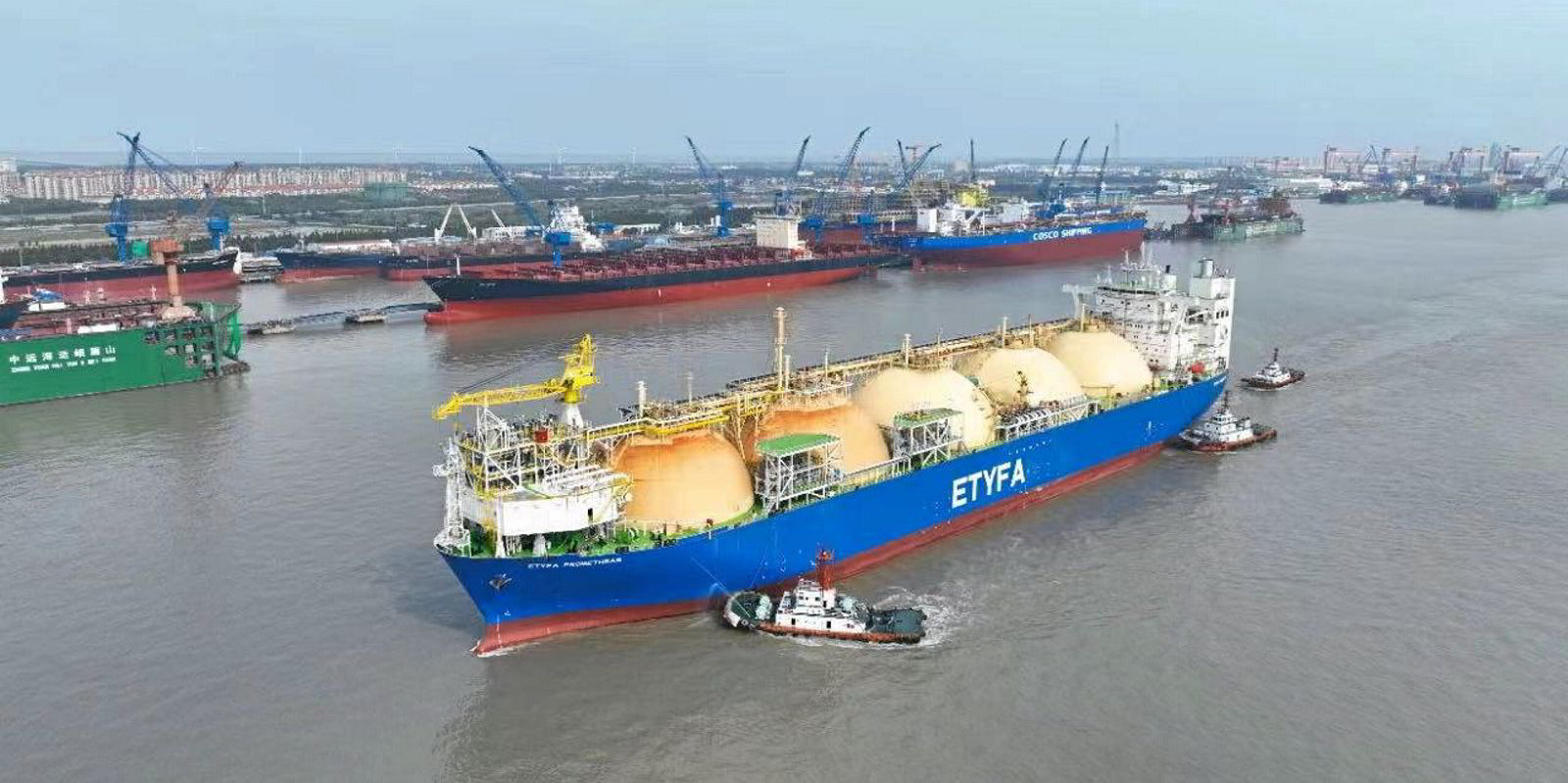
But projects can take time to put into place even using LNG carrier-to-FSRU conversions.
In the last few days, Greece’s first FSRU, the 153,000-cbm Alexandroupolis (built 2010), launched over a decade ago, has received its initial LNG cargo.
Further west, the 138,000-cbm FSRU Energos Winter (built 2004) arrived off the coast of Brazil where it awaits its role as the import unit for New Fortress Energy’s delayed Gas Sul off Santa Catarina state.
Diversification
Some are braving newbuildings as they also look to FSRUs to provide energy security and stability of supplies.
Poland has sold out its capacity of a planned FSRU for Gdansk, selecting Japan’s Mitsui OSK Lines to build and provide a vessel. Newbuilding and charter contracts are awaited.
Singapore, which like Poland has a land-based LNG import facility, is running a tender for a provider of its first FSRU. This is despite its existing terminal not being fully utilised.
And the industry is waiting to hear if Excelerate Energy will declare an FSRU newbuilding option as the company moves to renew its fleet.
But, next up for the FSRU sector is the energy transition.
Providers report that with a growing realisation that LNG may be needed into and beyond the 2040s, project developers are interested in units that can offer a seamless transition to lower-carbon fuels.
They point to shipowners such as Hoegh LNG and MOL, which are working with South Korean yards on ammonia-ready FSRU designs.
